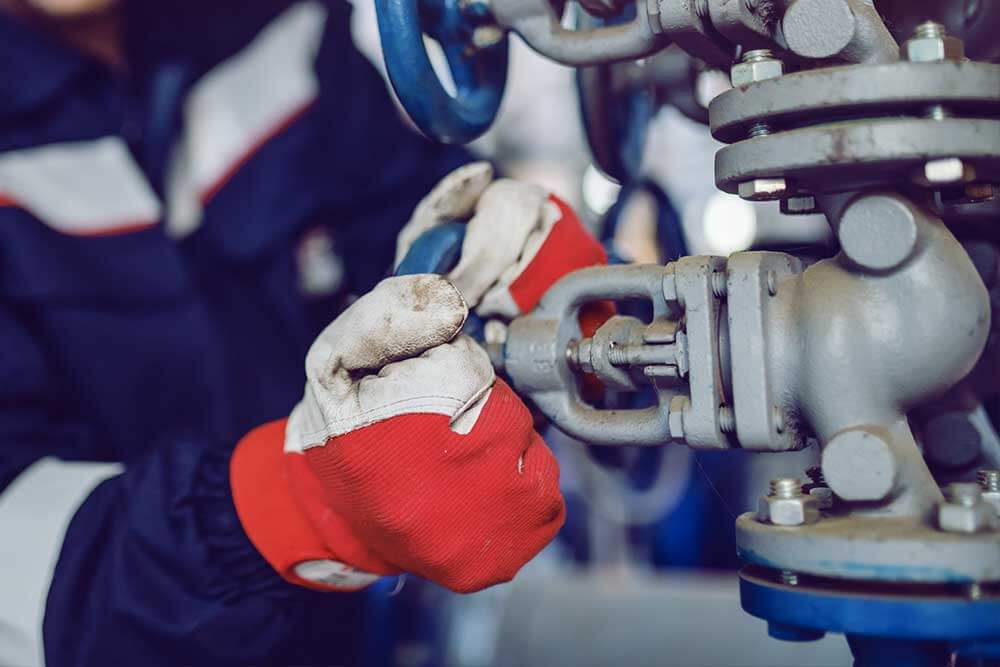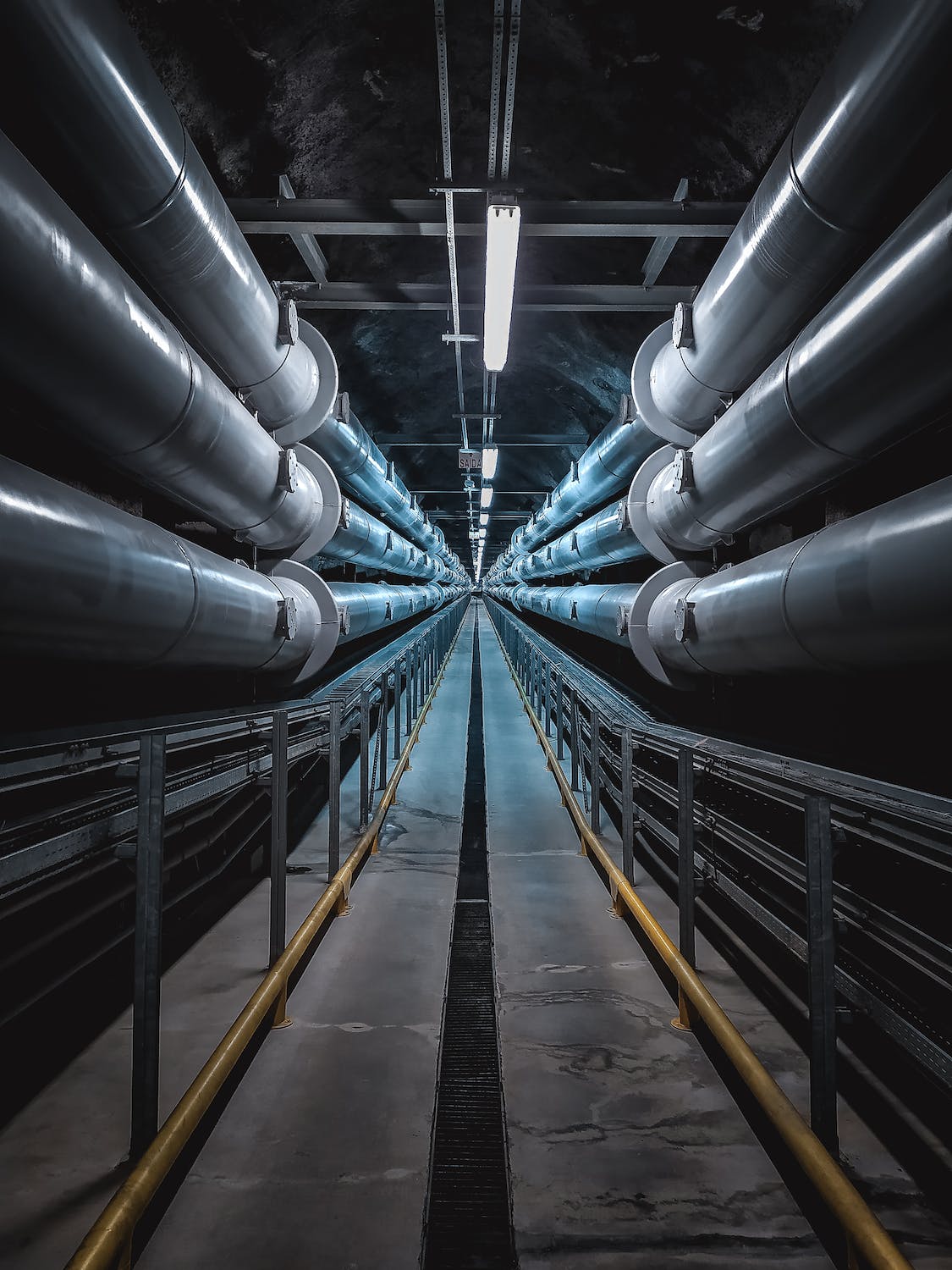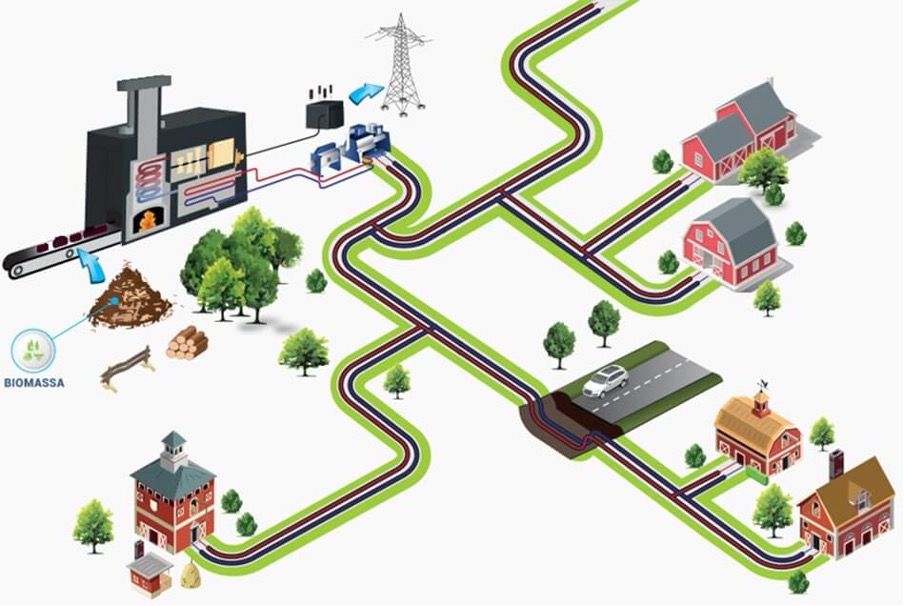District heating therefore provides a mechanism to decarbonise heat as alternative to installing heat pumps in individual dwellings.
Depending on factors such as climate, available energy sources and housing density, district heating can be preferable to individual heat pump systems due to:





